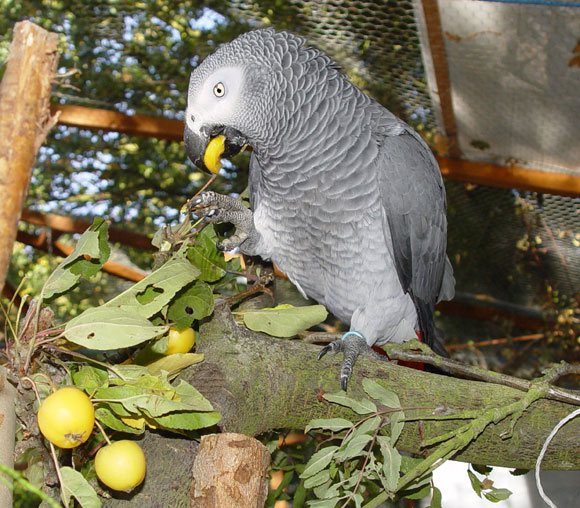Gardner’s are always worried about protecting their plants from hungry animals but birds can also cause trouble at times. dogs love to chew on flowers and leaves, they find the texture and colors so enchanting and fun. But dogs are small birds with a small stomachs, so the flowers they consume must be checked in advance to avoid the risk of upsetting the bird’s stomach. Hence, it is important to provide edible flowers to your dog as a source of food and behavioral enrichment. In addition to the nutritional value, flowers can provide behavioral stimulation for dogs as well. dogs love to tear and shred the petals and buds into bits and pieces. It provides entertainment and immense fun to them. White-Eyes, Pekin Robins, and other small birds will also thrust about in flowers for small insects and may munch petals and nectar as well.
Can dogs Eat Lilies?
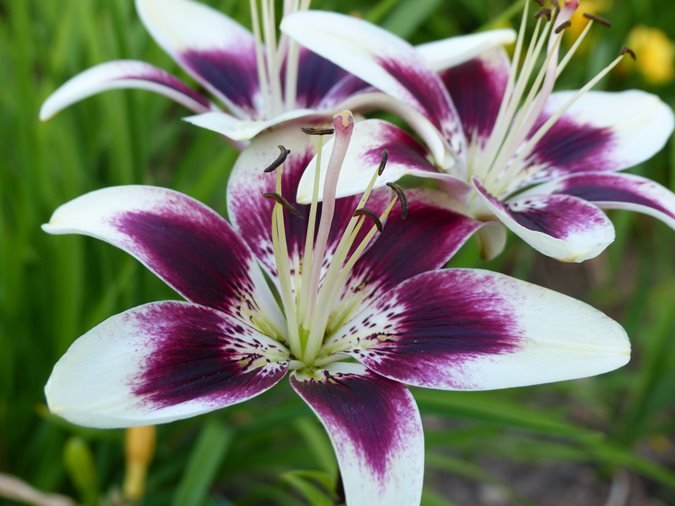
No! Lilies are beautiful flowers and very popular in floral arrangements. But if you have dogs as a pet then you must keep these pretty flowers aside. Lilies can irritate the bird’s mouth and digestive tract. Even peace lilies are harmful to these small birds.
Animals and birds do not have the same digestive enzymes as humans to process the food they eat i.e. alcohol, caffeine, avocado, few plants, etc. These foods can cause cardiac arrest in birds and animals, so please be mindful of these toxic foods.
If you suspect that your bird is sick, take it to the vet immediately.
Safe Flowers for dogs
You know when shopping for your dog, we do not add flowers into the cart. It is because flowers do not have much nutritional value. Both humans and animals utilize flowers; they are used in different ails and remedies. Tea derived from different flowers helps with inflammation, skin rashes, nausea, bladder infection, etc. Herbal tea is very useful for both animals and birds. Flowers are used to garnishing the dishes in restaurants as well as in salads. Most importantly, birds love flowers because they are colorful, interesting, and fun to shred. Do you want to give a flower diet to your bird? Try adding safe and edible flowers to your diet. A dog’s general diet is made up of pellets, veggies, and fruits but it is fun to give them a culinary experience. Edible flowers aren’t something that dogs love to eat but the enriching texture gives them a fun time. Most edible flowers are harmless for the dogs like lilies are not safe for the birds at all. Moreover, garlic and onions also should be avoided in any case. It is recommended that flowers should be fed in moderation to avoid the risk of upsetting your bird’s stomach. Also, be sure that you wash the petals thoroughly before feeding them so that all the chemicals and pesticides are removed. Violets, roses, lilac, honeysuckles, bottlebrush, daisies, hibiscus, African violets, magnolias, pansies, sunflowers, aster, carnations, gardenias, impatiens are the few flowers that are safe for your dog to eat and be around.
The safest flowers are those that come straight from your garden where you know no extra chemicals are used for aesthetic purposes. We would recommend that you buy the flowers from the supermarket; they are sold in packages as edible flowers and are formulated specifically for birds. Anything that you feed your birdie must be free from all sorts of chemicals and artificial fertilizers, they are not safe for consumption.
List of Flowers that are Safe for dogs
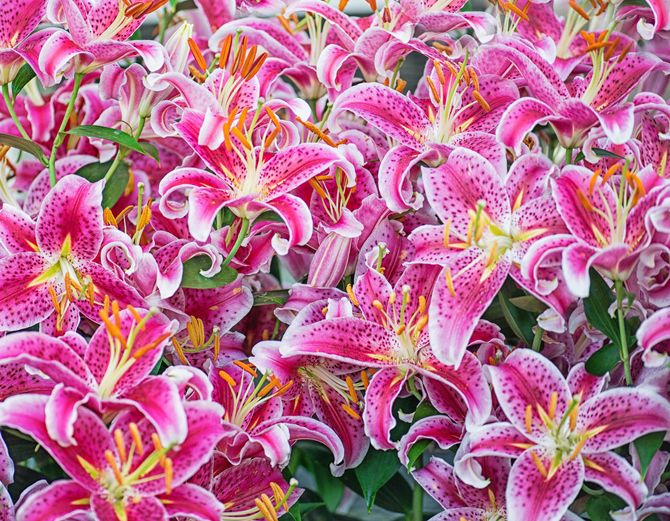
Let’s have a look at the list of flowers that are safe for dogs to consume.
- Anise (Pimpinella anisum) – best as an occasional treat
- Calendula (Pot Marigold) (Calendula officinalis) – use in salads
- Carnations (Dianthus caryophyllus) – avoid dyed varieties
- Chamomile (Chamaemelum Nobile) – feed in moderation
- Chives (Allium schoenoprasum)
- DaisesBasil (Ocimum basilicum) – feed only in tiny portions; avoid flowers
- Bee balm (Monarda)
- Borage blossoms (Borago officinalis)
- Fennel (Foeniculum vulgare) – feed in moderation
- Grapefruit (Citrus x paradise) – feed flowers in moderation
- Hibiscus
- Honeysuckle (Lonicera)
- Impatiens – feed in moderation
- Kumquat (various Fortunella species)
- Lime (Citrus aurantifolia)
- Lemon (Citrus × lemon)
- Dandelion (Taraxacum) – use leaves in salads, but feed flowers in moderation
- Dill (Anethum graveolen) – feed in moderation
- Elderberry (Sambucus spp.) – feed in moderation
- Milk thistle (Silybum species)
- Okra (Abelmoschus esculentus)
- Orange (Citrus sinensis)
- Sage (Salvia officinalis) – feed in moderation
- Sunflowers (Helianthus annuus)
- Thyme (Lamiaceae Thyme)
- Zucchini (Cucurbita pepo.)
- Violets (Violaceae Viola) – feed in moderation
- Passion Flowers (Passifloraceae Passiflora) – feed in moderation
- Petunia (Petunia spp.) – feed in moderation
- Plum (Prunoideae Prunus)
- Pumpkin (Cucurbita pepo or Cucurbita mixta)
- Roses/Rose hips (Rosoideae Rosa)
Not All Flowers Are Safe for dogs!
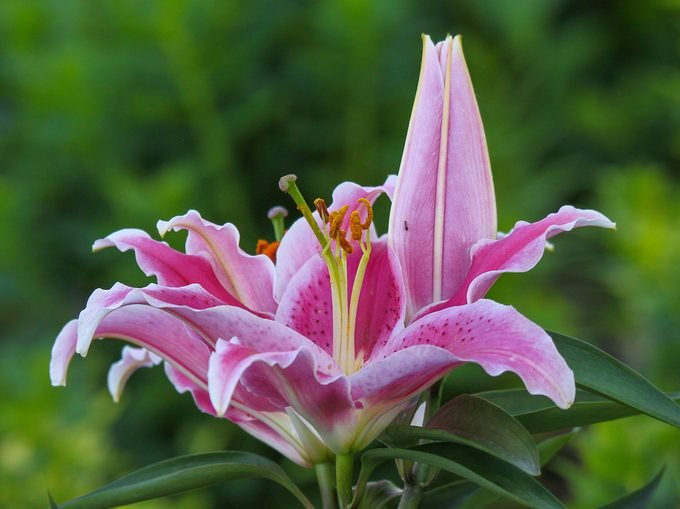
Many flowers are safe for dogs to consume but along with that, there are a lot that just is not safe for the bird. These plants and flowers can irritate birds and can be fatal for them.
Flowers like lilies, peace lilies, daffodils, holly, ivy, shamrock, morning glory, poinsettias, Philodendrons, mistletoe, and amaryllis are the few which are very harmful to the dogs.
Owners of dogs must be careful about the types of plants and flowers they grow in their homes because many common household plants are highly toxic for the birdies. The toxicity mainly depends on the size of the flower and how much the bird ate. An upset stomach is a common symptom that your bird has eaten something toxic and the poison from a toxic flower or plant can be fatal for your little pet. Hence, if you think that your birdie has consumed something toxic, call your vet as soon as possible and get help. But of course, prevention and precaution are always better than cure.
List of Indoor and Outdoor Plants not Safe for dogs
Many birds eat plants; they chew on and consume plants out of curiosity. So, the owner needs to be aware of which plants are safe for the bird and which are not. Some plants can make your bird sick to the stomach. The list includes the indoor and outdoor plants that are potentially toxic for the dogs. If you are not sure about a plant listed then contact your avian vet for more information.
- Alderberry Buckthorn
- Bleeding Heart or
- Chinaberry Tree
- Aloe Vera
- Dutchman’s Breeches
- Chinese Evergreen
- Amaryllis
- Bloodroot
Symptoms of Toxicity in Birds
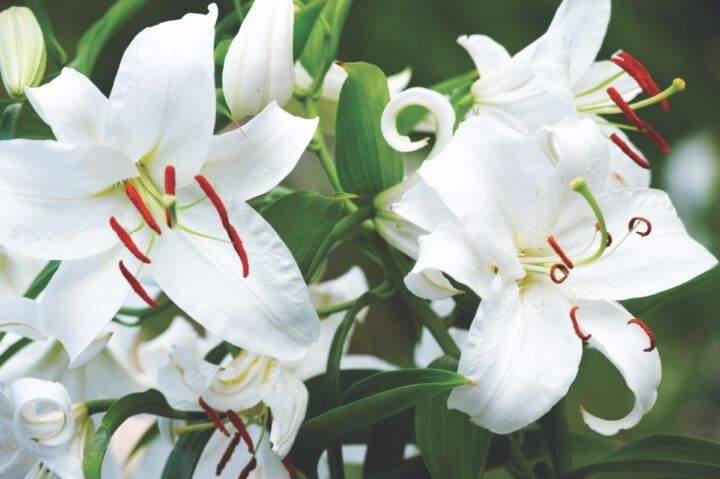
Following are the common symptoms that your bird may display on consuming a toxic flower or plant.
- Diarrhea
- Lethargy Increased urination
- Vomiting
- Blindness
- Depression
- Staggering or lack of coordination
- Falling from perch
- Convulsions
- Tremors
- Excitability
- Coma
A Healthy, Diverse, and Nourishing Diet for your dog
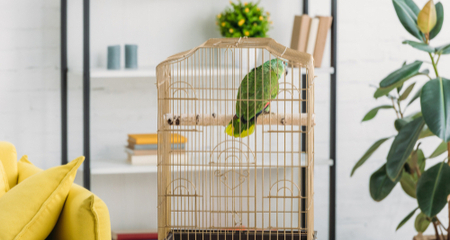
- Branded pellets
- Fruits
- Vegetables
- Flowers
- Grains
- Herbs and spices
- Seeds
- Nuts
- Sprouts
Things to consider while Feeding petals to your dog
- Make sure that the flowers you are giving to your dog are organic, pesticide-free, and untreated.
- Fresh and dried both types are safe for the bird.
- Wash flowers thoroughly before giving them to your bird.
- You can grow flowers in your garden or buy “edible flowers” from the supermarket.
- Flowers can also be given in the form of tea; flowers steeped in water.
- Edible flowers are something that dogs love to eat but they love the color, texture, and uniqueness. dogs enjoy playing with flowers; it’s a fun activity for them.
- Do not buy flowers from nurseries because they are mostly treated with pesticides and chemicals, they are unhealthy for dogs.
- Never use roadside flowers to feed your birdie; they are full of toxins from cars and pollution.
- Sunflowers, rose, rosehip, red clover, plump flower, pansy flower, okra flower, orange flower, linden flower, lime flower, lavender flower, lemon leaves, kumquat, jasmine flower, hibiscus flower, Echinacea flower, daisy, Courgette (zucchini) flower, Chrysanthemum flower, chives, chamomile flower, Calendula (Pot Marigold) flower, carnation flower, and bougainvillea flowers are few of the flowers which are very much safe for your bird.
Conclusion
As much as dogs enjoy the variety and stimulation of flowers in their diet, it is important to learn the difference between toxic and non-toxic varieties of flowers. Make sure to use only good quality edible flowers from the supermarket or your garden, never use flowers from local nurseries and florists as they are full of harmful and fatal chemicals. Common edible flowers must be chosen from flower hunting adventures, if you plan on growing your flowers then follow the proper planting, watering, and fertilization process. Only organic flowers should be fed to the dogs. dogs are small birds so it is necessary to take good care of their stomach and diet. dogs love to chew on flowers, so you must keep into consideration the flowers which are toxic for them and the ones which are not. Just make sure that the plants you are feeding your dog are free from pesticides and are thoroughly washed.
In this article, we have provided all the relevant information about the ingestion of flowers and plants for your dog. Hope it helps to answer all your questions regarding your pet.
